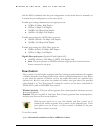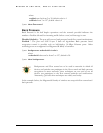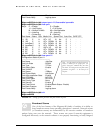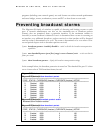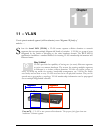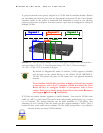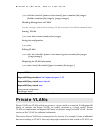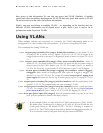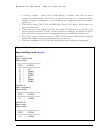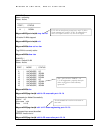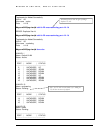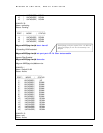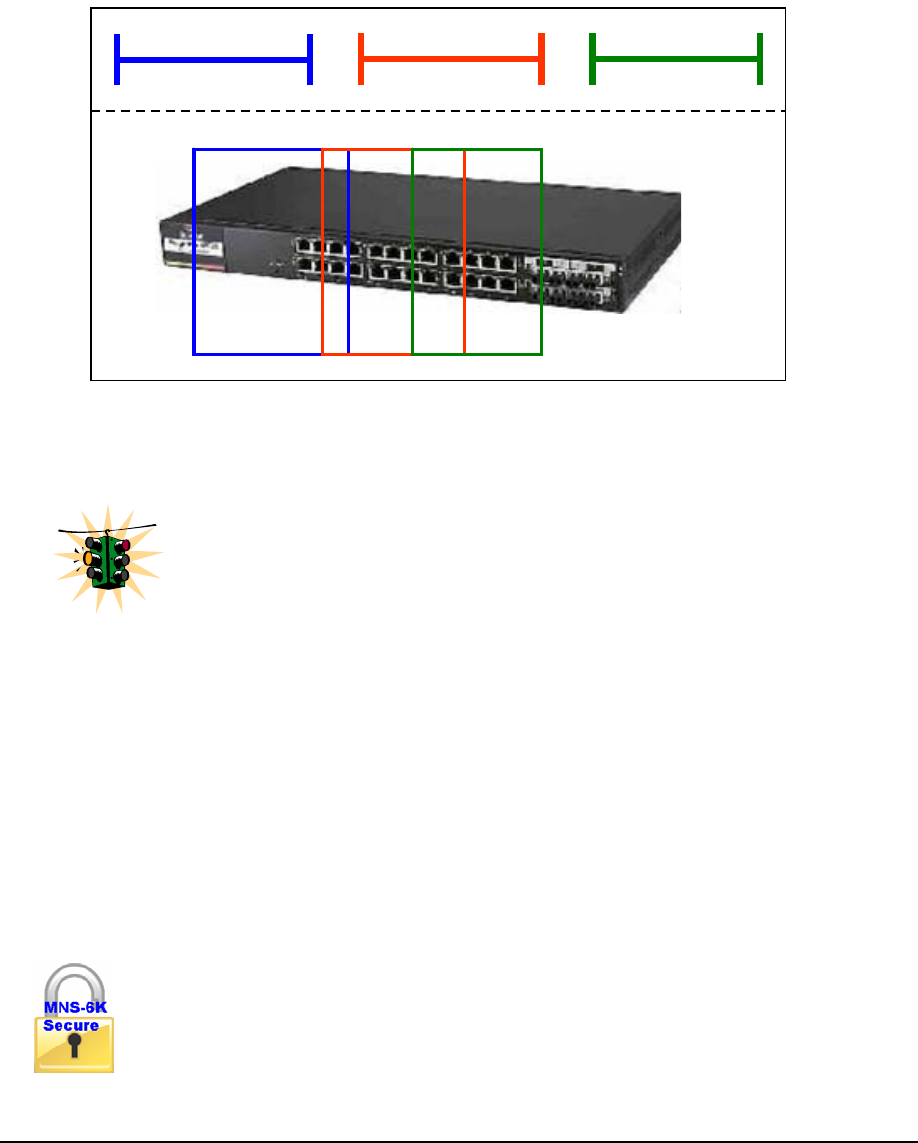
MAGNUM 6K SWITCHES, MNS-6K USER GUIDE
133
A group of network users (ports) assigned to a VLAN form a broadcast domain. Packets
are forwarded only between ports that are designated for the same VLAN. Cross-domain
broadcast traffic in the switch is eliminated and bandwidth is saved by not allowing
packets to flood out on all ports. For many reasons a port may be configured to belong to
multiple VLANs.
F
IGURE 79 – Ports can belong to multiple VLANs. In this figure a simplistic view is presented where
some ports belong to VLANs 1, 2 and other ports belong to VLANs 2,3. Ports can belong to
VLANs 1, 2 and 3. This is not shown in the figure.
By default, on Magnum 6K family of switches, VLAN support is disabled
and all ports on the switch belong to the default VLAN (DEFAULT-
VLAN). This places all ports on the switch into one physical broadcast
domain.
Users familiar with VLANs and plan to deploy GarrettCom switches
to interoperate with Cisco™ switches, should download the Tech
Briefs on how to configure VLANs to interoperate with a Cisco
switch. These are available on the GarrettCom web (under Resources
and Support Software Tech Briefs)
If VLANs are entirely separate segments or traffic domains – how can the VLANs route
traffic (or “talk”) to each other? This can be done using routing technologies (e.g., a router
or a L3-switch). The routing function can be done internally to a L3-switch. One
advantage of an L3 switch is that the switch can also support multiple VLANs. The L3
switch can thus route traffic across multiple VLANs easily and provides a cost effective
solution if there are mnay VLANs defined.
Segment 1Segment 1 Segment 2Segment 2
VLAN 1VLAN 1 VLAN 2VLAN 2
Segment 3Segment 3
VLAN 3VLAN 3



